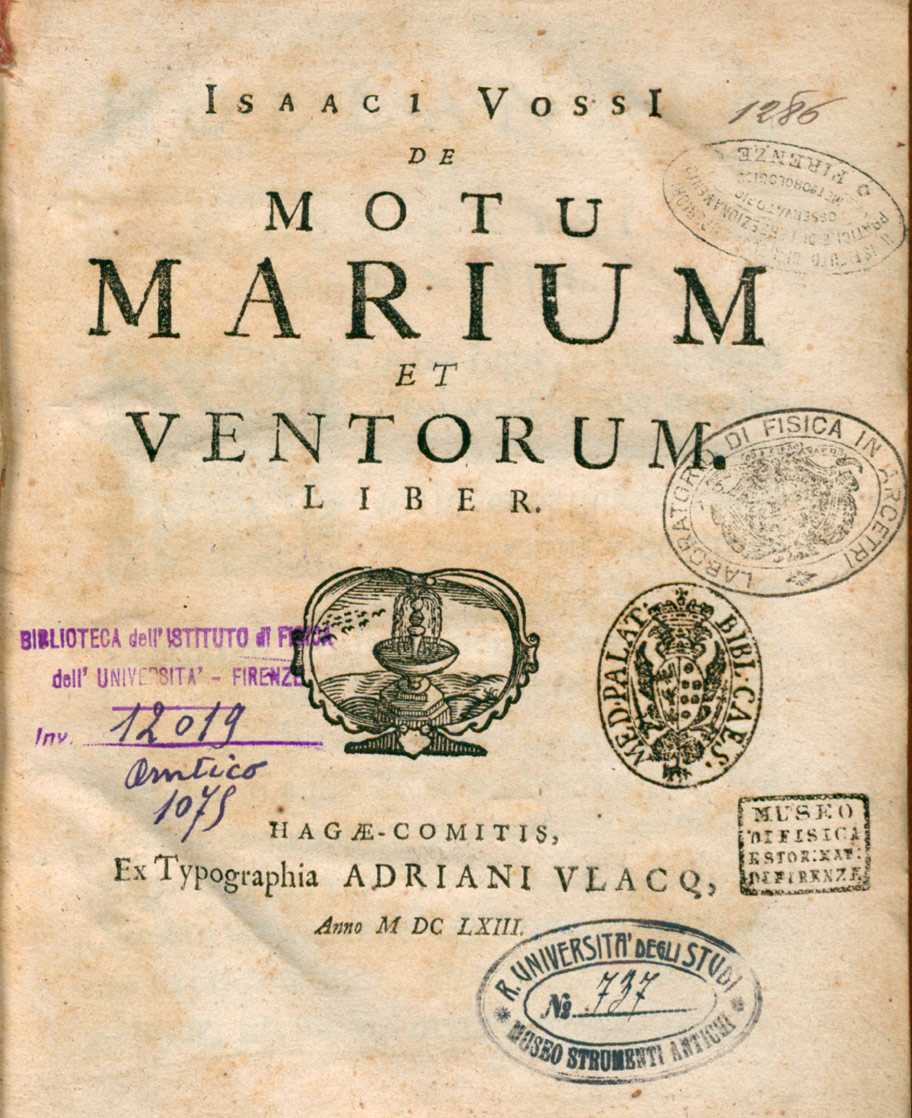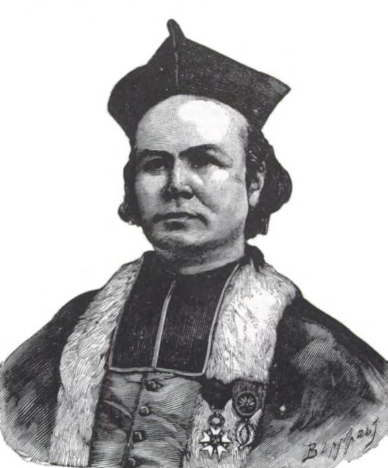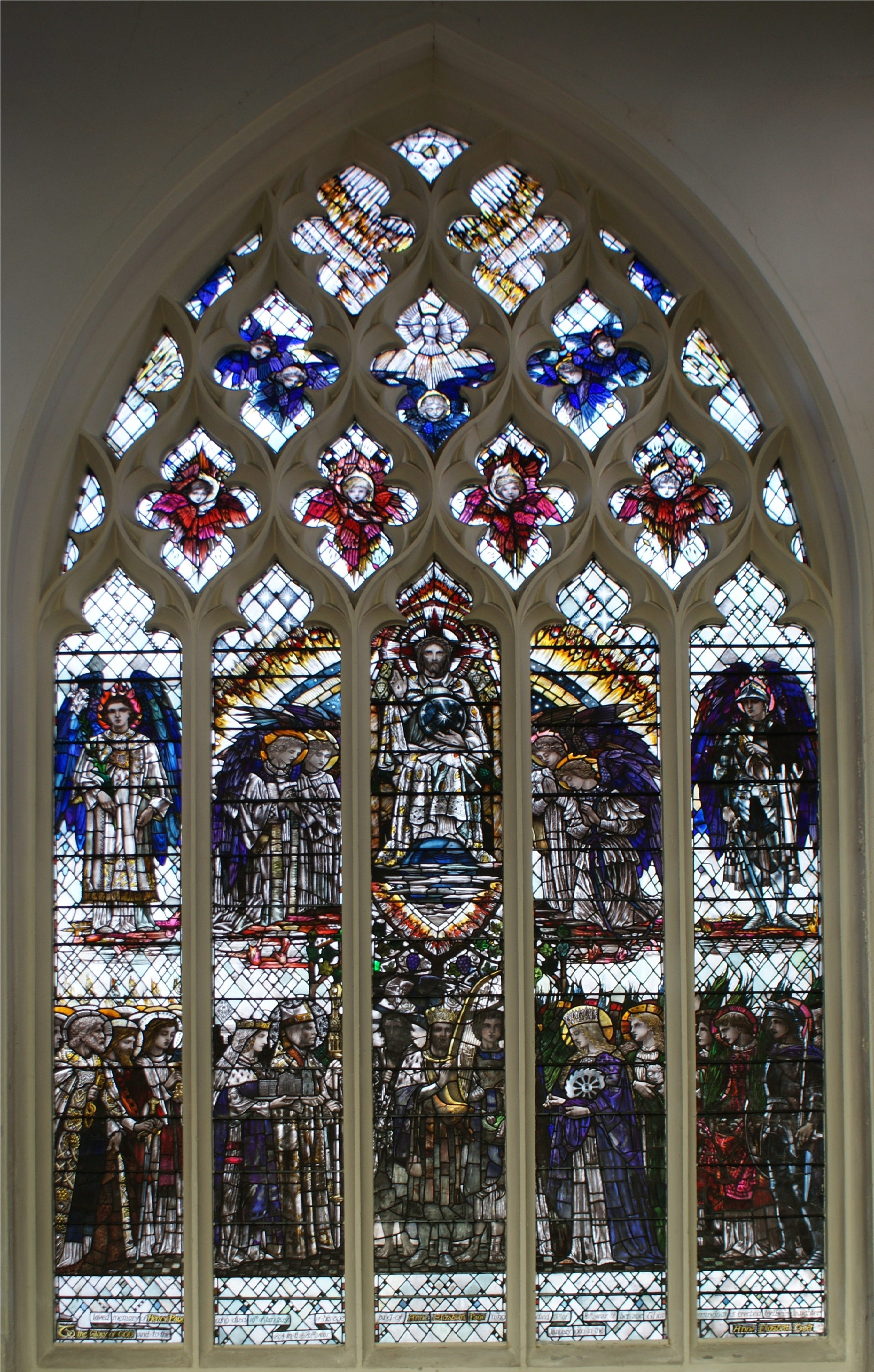|
Murbach Hymns
The Murbach hymns (german: Murbacher Hymnen, also "Murbach hymnal") are a collection of 27 early medieval Middle Latin, Latin Christian hymn, hymns with interlinear Old High German translation. The hymns are intended to be sung at certain times of the day in the course of the year, being introduced with the header ''Incipiunt hymni canendi per circulum anni''. Grouped with the Frankish Hymnal, an early medieval extension of the Ambrosian hymns of the Milanese Rite, the Murbach hymns are preserved in a single manuscript of the early 9th century, now part of the Franciscus Junius (the younger), Junius collection in the Bodleian Library (MS Junius 25), originally kept at Murbach Abbey, Alsace. History Bodleian MS Junius 25 consists of 193 folia, containing the text of the hymns, among various Latin texts and Latin-German glosses, on foll. 122v–129, 116/117. It is the product of an Alemannia, Alamannic monastery workshop, most likely of the first quarter of the 9th century. The ... [...More Info...] [...Related Items...] OR: [Wikipedia] [Google] [Baidu] |
Reichenau Abbey
Reichenau Abbey was a Benedictine monastery on Reichenau Island (known in Latin as Augia Dives). It was founded in 724 by the itinerant Saint Pirmin, who is said to have fled Spain ahead of the Moorish invaders, with patronage that included Charles Martel, and, more locally, Count Berthold of the Ahalolfinger and the Alemannian Duke Santfrid I (Nebi). Pirmin's conflict with Santfrid resulted in his leaving Reichenau in 727. Under his later successor Haito the monastery began to flourish. It gained influence in the Carolingian dynasty, under Abbot Waldo of Reichenau (740–814), by educating the clerks who staffed Imperial and ducal chanceries. Abbot Reginbert of Reichenau (died 846) built up the important book collection. Abbot Walahfrid Strabo (842–849), who was educated at Reichenau, was renowned as a poet and Latin scholar. The Abbey stood along a main north–south highway between Germany and Italy, where the lake passage eased the arduous route. The Abbey of Reichena ... [...More Info...] [...Related Items...] OR: [Wikipedia] [Google] [Baidu] |
Isaac Vossius
Isaak Vossius, sometimes anglicised Isaac Voss (1618 in Leiden – 21 February 1689 in Windsor, Berkshire) was a Dutch scholar and manuscript collector. Life He was the son of the humanist Gerhard Johann Vossius. Isaak formed what was accounted the best private library in the world (Massil 2003). He had a contemporary reputation for eccentricity, refusing the sacrament on his deathbed, it was reported, until reminded that to do so would reflect unfavorably on the canons of St George's Chapel, Windsor Castle, to which chapter he belonged. He was raised in the atmosphere of a scholarly household, familiar with Greek, ancient geography, and Arabic from an early age. In 1641, he undertook a European tour, in which he visited England, France and Italy (notably Florence), making the acquaintance of scholars of the elder generation such as James Ussher and Hugo Grotius and beginning his lifelong collecting of manuscripts and books before he returned to Amsterdam in 1644 to ta ... [...More Info...] [...Related Items...] OR: [Wikipedia] [Google] [Baidu] |
Nocturns
Nocturns (Latin: ''nocturni'' or ''nocturna'') is a Christian canonical hour said in the nighttime. In the liturgy of the Roman Rite of the Catholic Church, nocturns refer to the sections into which the canonical hour of matins was divided from the fourth or fifth century until after the Second Vatican Council. A nocturn consisted of psalms accompanied by antiphons and followed by readings, which were taken either from Scripture or from the Church Fathers or similar writings. Matins was composed of one to three nocturns. Originating in a prayer service celebrated by early Christians at night, the liturgical office of matins was originally in Latin called ''vigilia'' (vigil, watch). The plural form, ''vigiliae'' (vigils, watches), also came into use. The Latin adjective ''nocturnus'' corresponds to English "nocturnal" and is attached to many different nouns, such as ''nocturnae horae'' (the hours of the night), ''nocturna tempora'' (nocturnal times), which are not necessarily ... [...More Info...] [...Related Items...] OR: [Wikipedia] [Google] [Baidu] |
Ulysse Chevalier
Ulysse Chevalier (24 February 1841 – 27 October 1923) was a French bibliographer and historian. Born in Rambouillet, he published many works on the history of Dauphiné, e.g. the cartularies of the church and the town of Die (1868), of the abbey of Saint André le-Bas at Vienne (1869), of the abbey of Notre Dame at Bonnevaux in the diocese of Vienne (1889), of the abbey of Saint Chaifre at Le Monestier (1884), the inventories and several collections of archives of the dauphins of Viennais, and a ''Bibliothèque liturgique'' in six volumes (1893–1897), the third and fourth volumes of which constitute the ''Repertorium hymnologicum'', containing more than 20,000 articles. Chevalier's principal work is the ''Répertoire des sources historiques du moyen âge''. The first part, ''Bio-bibliographie'' (1875–1886), contains the names of all the historical personages alive between the years 1 and 1500 who are mentioned in printed books, together with precise references. The s ... [...More Info...] [...Related Items...] OR: [Wikipedia] [Google] [Baidu] |
New Hymnal
New is an adjective referring to something recently made, discovered, or created. New or NEW may refer to: Music * New, singer of K-pop group The Boyz Albums and EPs * ''New'' (album), by Paul McCartney, 2013 * ''New'' (EP), by Regurgitator, 1995 Songs * "New" (Daya song), 2017 * "New" (Paul McCartney song), 2013 * "New" (No Doubt song), 1999 *"new", by Loona from '' Yves'', 2017 *"The New", by Interpol from ''Turn On the Bright Lights'', 2002 Acronyms * Net economic welfare, a proposed macroeconomic indicator * Net explosive weight, also known as net explosive quantity * Network of enlightened Women, a conservative university women's organization * Next Entertainment World, a South Korean film distribution company Identification codes * Nepal Bhasa language ISO 639 language code * New Century Financial Corporation (NYSE stock abbreviation) * Northeast Wrestling, a professional wrestling promotion in the northeastern United States Transport * New Orleans Lakefront Airp ... [...More Info...] [...Related Items...] OR: [Wikipedia] [Google] [Baidu] |
Leslie Peter Johnson
Leslie Peter Johnson (3 July 1930 – 16 December 2016), also known as Peter Johnson, L. Peter Johnson, or L. P. Johnson, was a British Germanist, who specialized in the literature of the Middle High German "golden age". He was Reader in Medieval German Literature at the University of Cambridge and a fellow of Pembroke College. Biography Leslie Peter Johnson was born in Newcastle upon Tyne, England on 3 July 1930. He was awarded a BA in French and German from King's College, Durham (now the University of Newcastle Upon Tyne) in 1951, and his Dr.Phil. from the University of Kiel in 1955, with a thesis on Wolfram von Eschenbach under Wolfgang Mohr. After a brief period as a Lektor in Frankfurt, Peter Johnson returned from Germany to take up a lectureship at Cardiff University, before moving to Cambridge in 1959 for an Assistant Lectureship in the Department of German in the Faculty of Modern and Medieval Languages. Becoming a member of Pembroke College in the same year, he ... [...More Info...] [...Related Items...] OR: [Wikipedia] [Google] [Baidu] |
Saint Ambrose
Ambrose of Milan ( la, Aurelius Ambrosius; ), venerated as Saint Ambrose, ; lmo, Sant Ambroeus . was a theologian and statesman who served as Bishop of Milan from 374 to 397. He expressed himself prominently as a public figure, fiercely promoting the Christian faith against Arianism and paganism. He left a substantial collection of writings, of which the best known include the ethical commentary ''De officiis ministrorum'' (377–391), and the exegetical (386–390). His preachings, his actions and his literary works, in addition to his innovative musical hymnography, made him one of the most influential ecclesiastical figures of the 4th century. Ambrose was serving as the Roman governor of Aemilia- Liguria in Milan when he was unexpectedly made Bishop of Milan in 374 by popular acclamation. As bishop, he took a firm position against Arianism and attempted to mediate the conflict between the emperors Theodosius I and Magnus Maximus. Tradition credits Ambrose with developi ... [...More Info...] [...Related Items...] OR: [Wikipedia] [Google] [Baidu] |
Patrologia Latina
The ''Patrologia Latina'' ( Latin for ''The Latin Patrology'') is an enormous collection of the writings of the Church Fathers and other ecclesiastical writers published by Jacques-Paul Migne between 1841 and 1855, with indices published between 1862 and 1865. It is also known as the Latin series as it formed one half of Migne's ''Patrologiae Cursus Completus'', the other part being the '' Patrologia Graeco-Latina'' of patristic and medieval Greek works with their (sometimes non-matching) medieval Latin translations. Although consisting of reprints of old editions, which often contain mistakes and do not comply with modern standards of scholarship, the series, due to its availability (it is present in many academic libraries) and the fact that it incorporates many texts of which no modern critical edition is available, is still widely used by scholars of the Middle Ages and is in this respect comparable to the ''Monumenta Germaniae Historica''. The ''Patrologia Latina'' inclu ... [...More Info...] [...Related Items...] OR: [Wikipedia] [Google] [Baidu] |
Jacques Paul Migne
Jacques Paul Migne (; 25 October 1800 – 24 October 1875) was a French priest who published inexpensive and widely distributed editions of theological works, encyclopedias, and the texts of the Church Fathers, with the goal of providing a universal library for the Catholic priesthood. The '' Patrologia Latina'' and the '' Patrologia Graeca'' (along with the '' Monumenta Germaniae Historica'') are among the great 19th century contributions to the scholarship of patristics and the Middle Ages. Within the Roman Catholic Church, Migne's editions put many original texts for the first time into the hands of the priesthood. Biography Migne was born in Saint-Flour, Cantal and studied theology at the University of Orléans. He was ordained in 1824 and placed in charge of the parish of Puiseaux, in the diocese of Orléans, where his uncompromisingly Catholic and royalist sympathies did not coincide with local patriotism and the new regime of the Citizen-King. In 1833, after f ... [...More Info...] [...Related Items...] OR: [Wikipedia] [Google] [Baidu] |
Te Deum
The "Te Deum" (, ; from its incipit, , ) is a Latin Christian hymn traditionally ascribed to AD 387 authorship, but with antecedents that place it much earlier. It is central to the Ambrosian hymnal, which spread throughout the Latin Church with other parts of the Milanese Rite in the 6th to 8th centuries. It is sometimes known as the Ambrosian Hymn, although authorship by Saint Ambrose is unlikely. The term Te Deum can also refer to a short religious service (of blessing or thanks) based upon the hymn. History Authorship of the hymn is traditionally ascribed to Saint Ambrose (died 397) or Saint Augustine (died 430). In 19th-century scholarship, Saint Hilary of Poitiers (died 367) and Saint Nicetas of Remesiana (died 414) were proposed as possible authors. In the 20th century, the association with Nicetas has been deprecated, so that the hymn, while almost certainly dating to the 4th century, is considered as being of uncertain authorship. Authorship of Nicetas of ... [...More Info...] [...Related Items...] OR: [Wikipedia] [Google] [Baidu] |
Helmut Gneuss
Helmut Gneuss (born 29 October 1927) is a German scholar of Anglo-Saxon and Latin manuscripts and literature. Academic career Gneuss is emeritus professor at the Ludwig Maximilian University of Munich, where he occupied the chair for English language from 1965 to 1997. He served as Visiting Professor of Anglo-Saxon at the University of North Carolina, Chapel Hill, 1974-75. He lives in Eichenau. He is a member of the Bavarian Academy of Sciences and Humanities, the Academia Europaea, the British Academy, the Austrian Academy of Sciences, and the Medieval Academy of America. Publications Gneuss's 1976 article on the Anglo-Saxon poem ''The Battle of Maldon "The Battle of Maldon" is the name given to an Old English poem of uncertain date celebrating the real Battle of Maldon of 991, at which an Anglo-Saxon army failed to repulse a Viking raid. Only 325 lines of the poem are extant; both the beginn ...'' is regarded as "a turning point" in the history of Maldon scholarship. Specifi ... [...More Info...] [...Related Items...] OR: [Wikipedia] [Google] [Baidu] |
Eduard Sievers
Eduard Sievers (; 25 November 1850, Lippoldsberg – 30 March 1932, Leipzig) was a philologist of the classical and Germanic languages. Sievers was one of the ''Junggrammatiker'' of the so-called "Leipzig School". He was one of the most influential historical linguists of the late nineteenth century. He is known for his recovery of the poetic traditions of Germanic languages such as Anglo-Saxon and Old Saxon, as well as for his discovery of Sievers' law. Biography He was educated at Leipzig and Berlin, and became professor extraordinarius of Germanic and Romance philology at Jena in 1871, receiving a full professorship there five years later. In 1883 he went to Tübingen, and in 1887 to Halle, whence he was called in 1892 to Leipzig. Sievers' analysis Sievers' analysis was a system of five patterns which indicated how the poetic line (or, more specifically, the poetic half-line) was to be emphasized or not, e.g. stressed-unstressed-stressed-unstressed, unstressed-stressed- ... [...More Info...] [...Related Items...] OR: [Wikipedia] [Google] [Baidu] |

.jpg)





.jpg)
